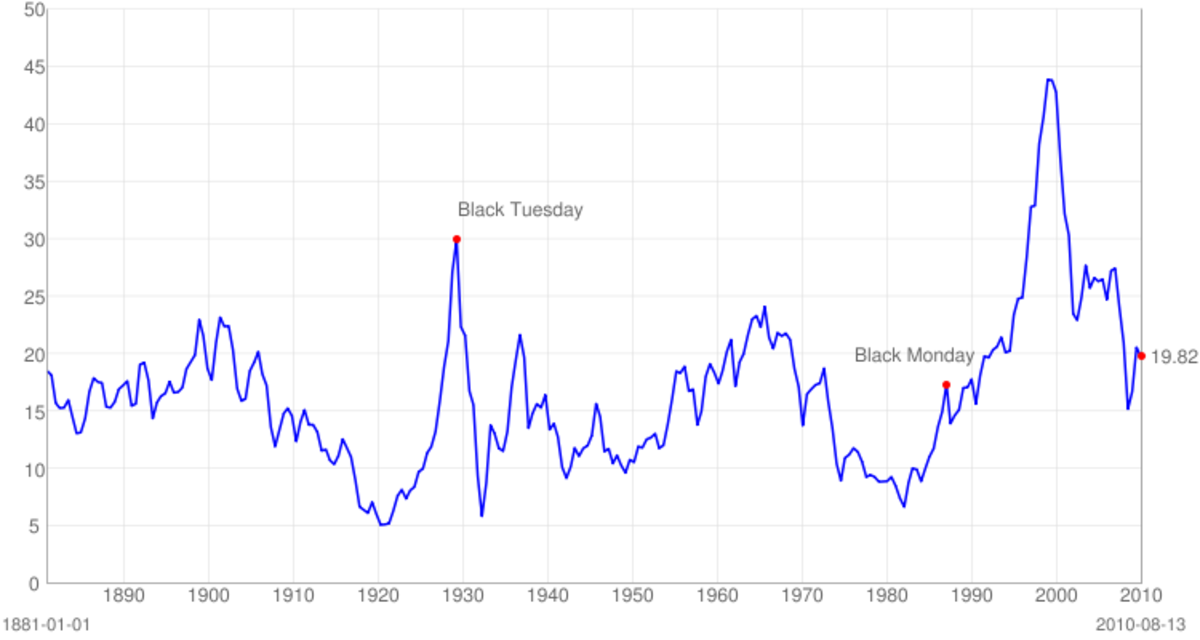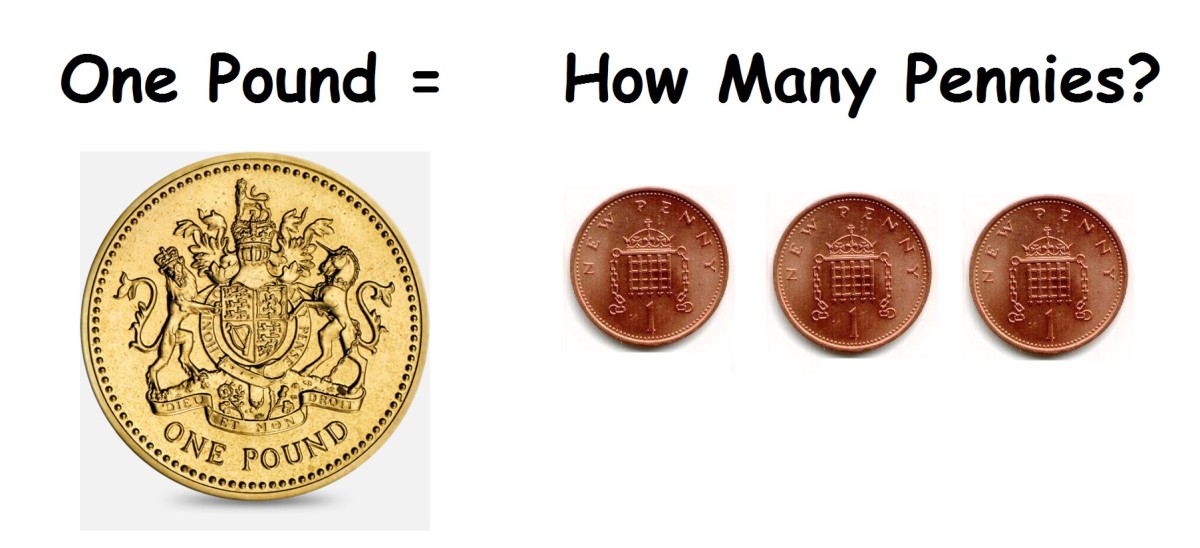PEG Ratio
The P/E and growth ratio, the PEG, since it was developed has been mainly used to value small- and mid-capitalisation growth stocks. The definition of growth stocks is, Some companies' stocks have shown or are expected to show quick earnings and revenue growth. (ANON, 2005, www.iid.state.ia.us/division/consumer/terms/default.asp), that is, companies that are growing fast. We can generally say that, given that the share is valued at its correct value, not over- or undervalued, a growth stock's price-to-earnings, P/E, ratio should equal the percentage of the annual growth rate of its company's earnings per share, or EPS. The formula for PEG is P/E divided by the percentage growth of earnings of the company.
For instance if the P/E of a particular company is 10, then the growth of the earnings that one share of the company generates must be 10 percentage points also.
If the P/E were, say, only 5 and not 10, than the PEG ratio would only be 0.5, which would mean that the company is currently selling for 50%, or half, of what the real value of the growth stock company is. On the other hand, if the PEG would be 2.0, than that would probably imply that the company' stocks are selling for double of what they are worth.
Now that we know that, it is easy to see what the use of the PEG ratio is. It relates the company's valuation with the growth potential of the company (Dow Theory Forecasts 2004, p.1). Thus, if the PEG is lower than 1.0, the company stocks are probably are undervalued, and if it is higher than 1.0, than they probably are overvalued. It is important, however to remember again that basing our purchase-sell decisions only on one valuation method can lead to misunderstandings, and a wrong interpretation of the current situations.
Although the PEG is only one of the valuation methods and should be used in conjunction with other methods, according to research, the P/E and growth ratio is a method that is an excellent way to pick the future-best-performing stocks. (Dow Theory Forecasts 2004, p.1)
The P/E and growth ratio, the PEG, since it was developed has been mainly used to value small- and mid-capitalisation growth stocks. The definition of growth stocks is, Some companies' stocks have shown or are expected to show quick earnings and revenue growth. (ANON, 2005, www.iid.state.ia.us/division/consumer/terms/default.asp), that is, companies that are growing fast. We can generally say that, given that the share is valued at its correct value, not over- or undervalued, a growth stock's price-to-earnings, P/E, ratio should equal the percentage of the annual growth rate of its company's earnings per share, or EPS. The formula for PEG is P/E divided by the percentage growth of earnings of the company.
For instance if the P/E of a particular company is 10, then the growth of the earnings that one share of the company generates must be 10 percentage points also.
If the P/E were, say, only 5 and not 10, than the PEG ratio would only be 0.5, which would mean that the company is currently selling for 50%, or half, of what the real value of the growth stock company is. On the other hand, if the PEG would be 2.0, than that would probably imply that the company' stocks are selling for double of what they are worth.
Now that we know that, it is easy to see what the use of the PEG ratio is. It relates the company's valuation with the growth potential of the company (Dow Theory Forecasts 2004, p.1). Thus, if the PEG is lower than 1.0, the company stocks are probably are undervalued, and if it is higher than 1.0, than they probably are overvalued. It is important, however to remember again that basing our purchase-sell decisions only on one valuation method can lead to misunderstandings, and a wrong interpretation of the current situations.
Although the PEG is only one of the valuation methods and should be used in conjunction with other methods, according to research, the P/E and growth ratio is a method that is an excellent way to pick the future-best-performing stocks. (Dow Theory Forecasts 2004, p.1)









